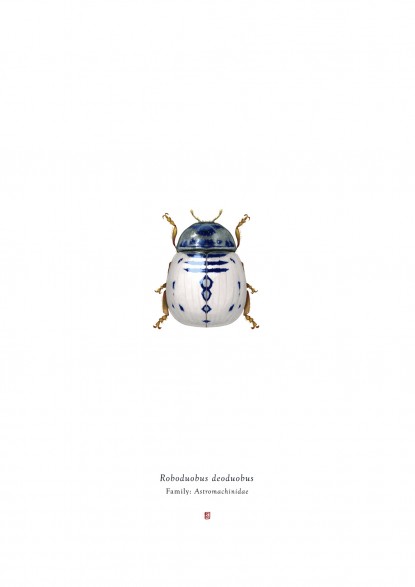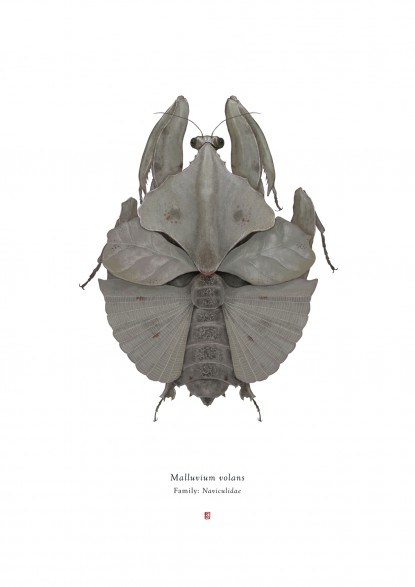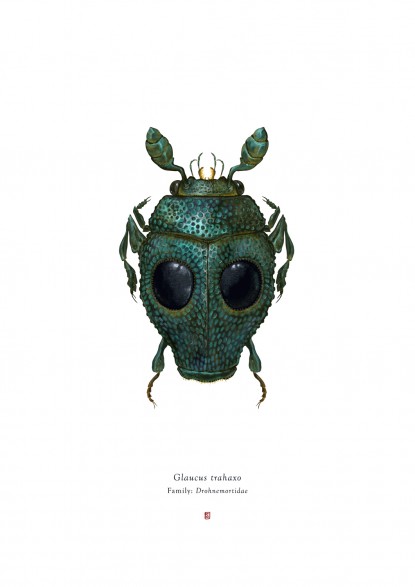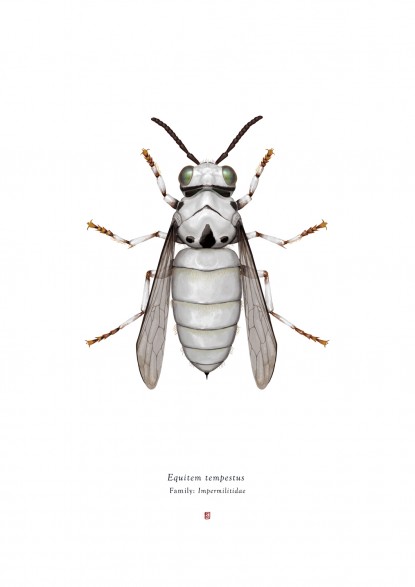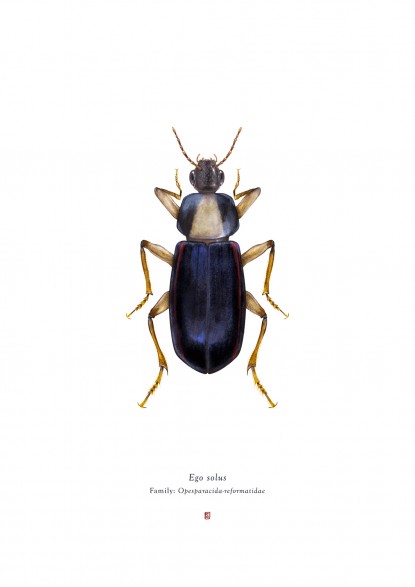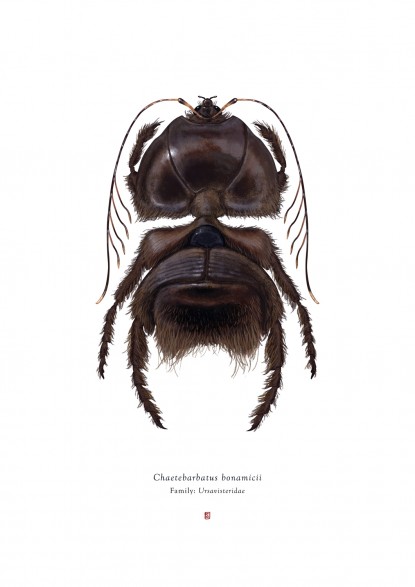Richard Wilkinson creates detailed paintings in both traditional and digital media, influenced by the art of pioneering natural history artists of the 17th to 19th century. His work draws heavily on the scientific aesthetic of this era, but turns the microscope’s focus instead onto the flora and fauna of modern popular culture. Wilkinson grew up in Portsmouth, on the south coast of England and developed an interest in both art and natural history, passed down to him by his father, a teacher and keen amateur naturalist. He received a BA in Art from the University of Leeds and moved to London in 1997 where, after multiple alternative careers including working as a sound designer, a motion-graphics artist, and in music video production, made the decision to follow the ambitions he had harboured since childhood and began working as an illustrator in 2007. Wilkinson has been a regular illustrator for New Scientist, Nature, The Telegraph Magazine, The Economist, Aeon and many other periodicals. He has worked with Disney, National Geographic, Honda, Paramount and created book covers for Penguin, Harper Collins and Random House. In 2016, Wilkinson embarked on his first series of works exploring the relationship between the scientific practices of the Golden Age of naturalism, and the collection and classification reflected in our fanaticism of modern culture. The series ‘Arthropoda iconicus’ is a vast collection of artworks illustrating imaginary insects (and a few other arthropods) which hold within them a resemblance to some specimen of popular culture - a cartoon character, a superhero, a classic monster, an iconic sneaker On this parity, Wilkinson wrote: “Popular culture to me is like the Amazon Jungle to a research biologist. It’s teeming with fascinating little creations that can be collected and classified…”


